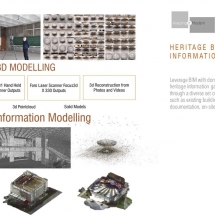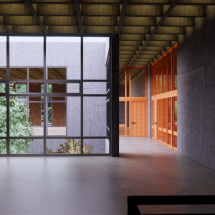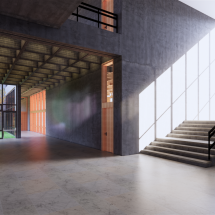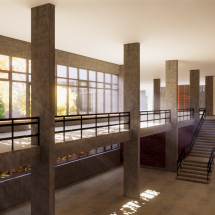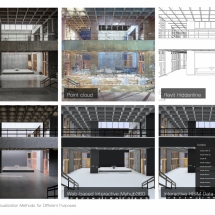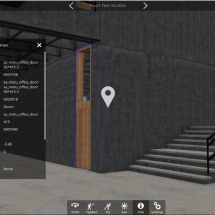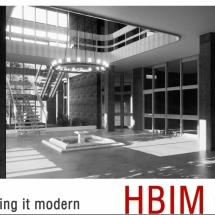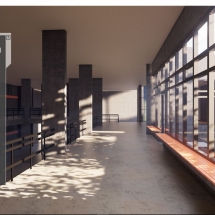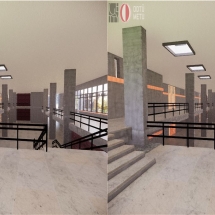Heritage Building Information Modelling
- English
- Türkçe
HBIM – Heritage Building Information Modeling
Conservation planning of heritage buildings involves the gathering, structuring, representation and archival of vast amounts of data about the building. The management and accessibility of this data can be possible by the digitization of building data by the help of diverse IC techniques. While computer-aided design (CAD) tools are widely used for geometry modeling, it cannot support the information-rich work-flows of heritage planning processes. Building Information Modeling (BIM) stands as a recent technology that can effectively support conservation planning as well as other Architecture, Engineering and Construction (AEC) activities. The main premise of BIM is one single model that is encoded in a standard, inter-operable and neutral file format that maintains the whole building data. This data can be related to the 3D geometry, building components, object properties, activities throughout the time dimension etc. BIM provides efficient access to comprehensible and integrated building information and integrates innovative technologies.
Recently the scope of BIM has been expanded to support heritage information, namely Heritage Building Information Modeling (HBIM). HBIM aims to leverage the existing capabilities of BIM and further harness it by the domain-specific heritage information gathered through a diverse set of sources such as existing building documentation, on-site surveys, etc.

